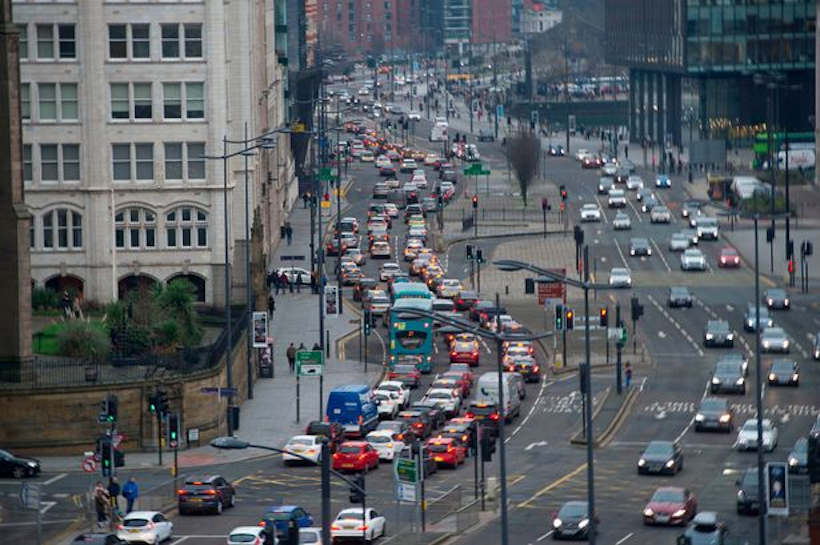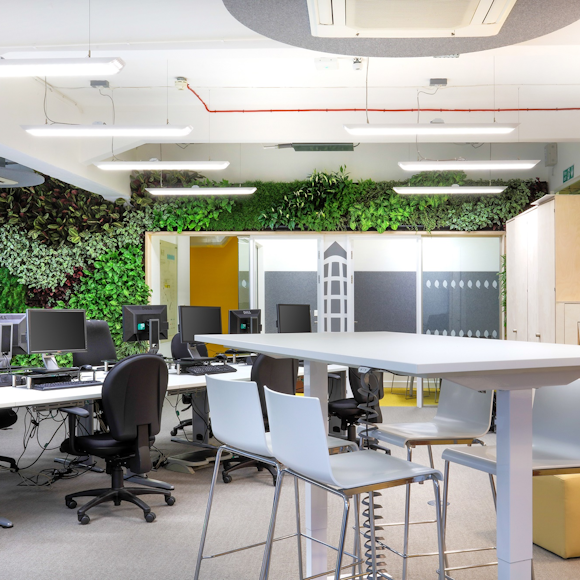More than 40 towns and cities in the UK are at or have exceeded, air pollution limits set by the World Health Organization (WHO), according to their latest report. The safe limit is set at 10 micrograms of fine particle air pollution per cubic metre, but there are currently around 30 areas with pollution levels above this limit and another 17 that are at capacity.
High levels of fine particle air pollution have a detrimental effect on the health of the population, but it can be particularly damaging for young children as their lungs are still developing. A report conducted by UNICEF found that a shocking 86% of UK children are breathing in dangerous levels of toxic air every day. This isn’t surprising when you consider that around 6,500 schools across the UK are located next to busy main roads, exposing roughly 2.6 million children to dangerous levels of pollution and toxic air.
Air pollution is a mixture of particles and gases in the air that are harmful to human health and two of the most prevalent types are particulate matter (PM) and nitrogen dioxide (NO2). PM particles include dust, dirt, soot, smoke, and liquid droplets that are emitted from a variety of sources such as construction sites, unpaved roads or fires.
Passenger vehicles (including cars, buses and motorbikes) are another major pollution contributor; producing significant amounts of nitrogen oxide and carbon monoxide. The UK government has set a target to reach net zero emissions by 2050, but as it stands, greenhouse gas emissions from road transport make up around a fifth of the total UK greenhouse gas emissions.

Pollution particles are microscopic in size, allowing them to penetrate deep into the lungs and bloodstream, exacerbating existing conditions like asthma and diabetes, and limiting brain, lung and heart development. Poor air around schools is also linked to poorer student health and academic performance, with research showing children perform worse on cognitive functioning tests after pollution exposure.
Children and young people are particularly vulnerable to the risks associated with breathing in toxic air, especially during early childhood, which is a critical time for physical and cognitive development. Children breathe quicker than adults (a six-year-old breathes in twice as much air, relative to their weight), meaning they ingest far more pollution in comparison. UNICEF found that children experience particularly high concentrations of air pollution while they are on the school run and when playing outside at break time, so clean air around schools is of particular importance.

UNICEF is currently calling on the UK government to commit to targets that reduce toxic air in the UK to the legal levels recommended by the World Health Organisation.
Parents and teachers can also band together to spread the word about the importance of clean air and how to protect children from the effects of pollution (for example, by changing your walking route to school to avoid busy roads or using a car share scheme).
Environmental education is also vital, and this is something that has been practised in inner-city schools such as St Mary’s Primary School in London. Listed as one of the most polluted schools in the capital, they installed a living wall as part of an initiative to improve air quality for pupils and staff, as these green walls can filter up to 95% of pollution generated by vehicles.

We’re committed to creating greener, cleaner and healthier spaces for future generations through increased environmental education. To find out about our initiatives and the many benefits of living walls, click here to learn more.


